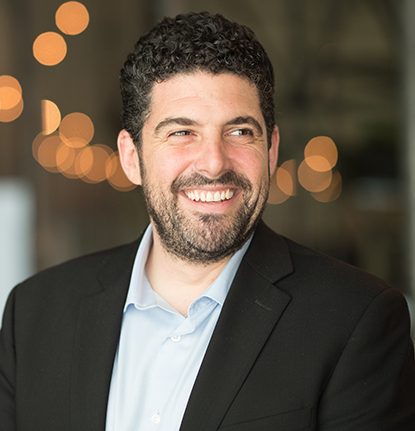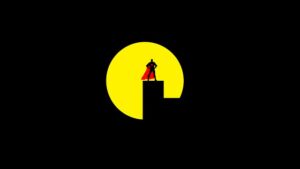The session really had its roots in Tankha’s varied experiences with market research, as well as the diverse products Microsoft offers, and how to capture consumer attention. There are so many disparate methods that attempt to capture consumer attention and sentiment regarding products, yet it’s still a bit of a mystery. It’s not necessarily about getting the consumer to buy it, but how do we get the consumer to notice it?
“We were kind of puzzling on attention,” relates Tankha. “And I was just thinking after so many years, it is still an inexorable mystery. As sometimes happens in Microsoft, you end up alongside a brilliant colleague who has been tackling this problem. That person was David for me. We leveraged some of his strategies, and he started to build a peak moments practice based on what’s memorable.”
Creating memories, one would imagine, is where this starts.
“Absolutely,” agrees Evans. “How do we get people to pay attention? How do we get people to become habitual users? I was looking at all of the moments of truth across the whole consumer lifespan, attention, perception, and then getting into motivation. But then we got to memory. I seem to think there’s two more moments of truth. There’s the self-image moment of truth. And then there’s the social moment of truth where you sort of say, am I willing to talk about it with others. It was our effort at Microsoft to think more deeply about brand love and how do you drive brand love? I wanted to believe that truly transformative product experiences would make you love a brand.”
But Evans identifies that there is a filter or bottleneck: “Those experiences have to be remembered,” he says. “What we know is that all the experiences we have are very different from the few moments we remember when we look back. And you might think as a marketer, you know what those moments are. But when you start measuring it and asking people, what’s your most vivid memory involving Edge, or Windows. You get some answers that surprise you, but whatever they say matters because those memories define the brand. If you take it forward, those memories are also going to be what people recall at business moments of truth. When they decide whether to renew a subscription, when they decide to resist a competitor, when they decide whether to do an upsell. People are accessing those peak moments, in order to act on their brand love.”
So those peak moments that you’re creating now, that can lead to measurement. This is where the rubber hits the road—where it is going from an anthropological study for fun to how we can actually make an impact.
Evans adds, “You have that pre-consideration phase where people don’t really have a vivid positive memory tied to your brand. And in our research, we are comfortable with 60% of the people being asked that question, what’s your most vivid memory saying, and they really don’t have one. That is a valid answer, and it also presents sort of your first goal. We need to create these peak moments in our UX, in our CX, and in the whole stack. We’re really focused on that. You can’t neglect creating peak moments in your products.”
How much can you unpack about what you’re seeing, in what you’re measuring, that’s actionable and also public?
Evans points to an example with Windows: “If you buy a new Surface today, and then you set up Windows, certainly, if you enter in your 365 account, that machine will look like your old machine within minutes. It’s a peak moment. But through talking with them about leaving a great brand memory, you’ll now find that in the Windows 11 setup there is a nostalgic video game, because who wants to sit there and look at a progress bar. That is the most unmemorable thing that no one will ever encode in memory. So they put in SkiFree, a favorite game back in the day. That’s designing a peak moment. And we do see when we ask you, what’s your most vivid memory involving Windows? Windows 11 has a higher chunk than Windows 10. We’re making progress.”
Check out the full video from TMRE Continued as Seth Adler, Kajoli Tankha, and David Evans discuss the measurement of peak moments, brand memory, supporting storytellers, how it ties into advertising, and the role of insights.
Contributors
-

Seth Adler heads up All Things Insights & All Things Innovation. He has spent his career bringing people together around content. He has a dynamic background producing events, podcasts, video, and the written word.
View all posts -

Matthew Kramer is the Digital Editor for All Things Insights & All Things Innovation. He has over 20 years of experience working in publishing and media companies, on a variety of business-to-business publications, websites and trade shows.
View all posts





































































































































































































